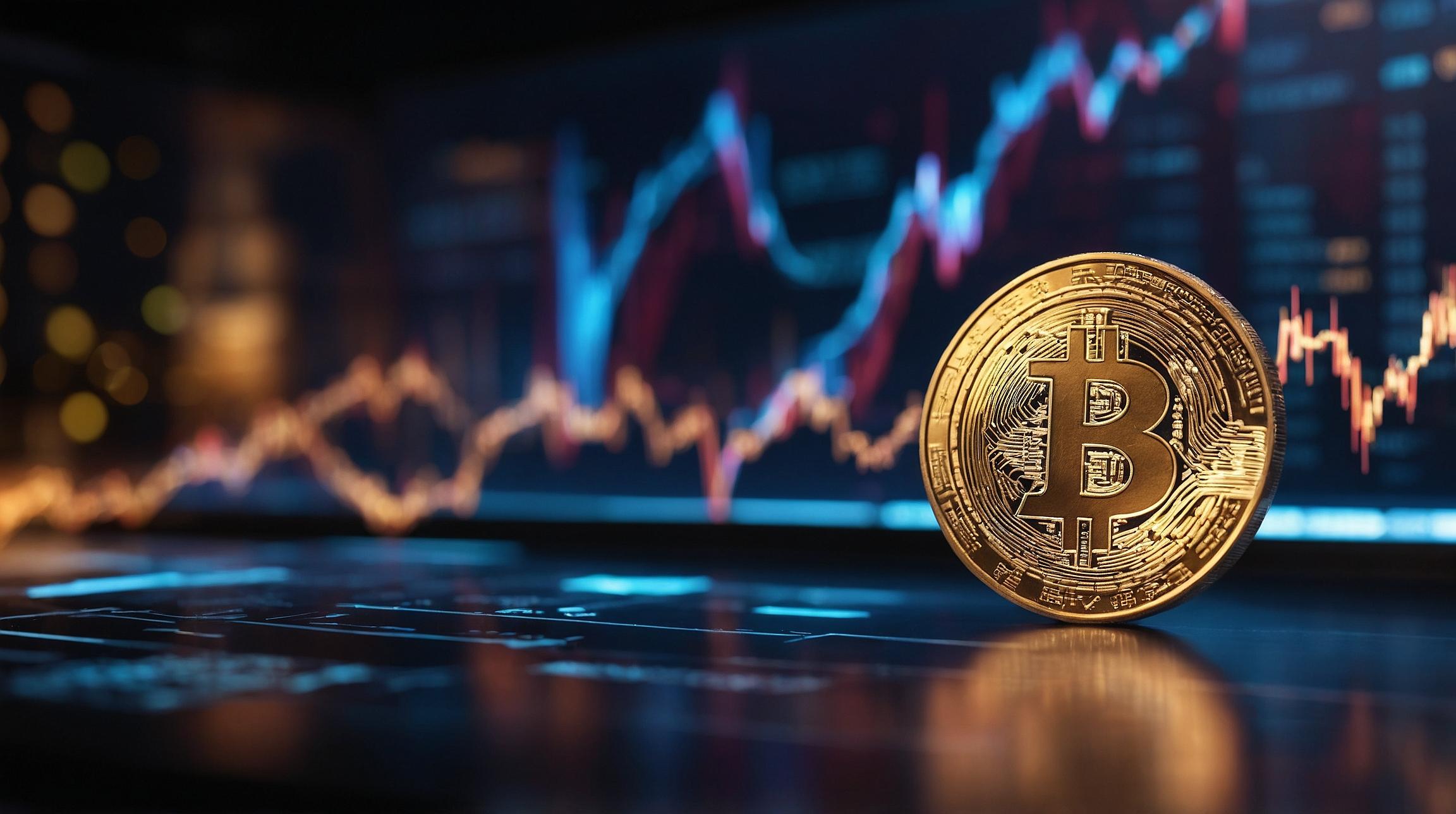Gold Rallies Amid Geopolitical Uncertainty and Inflation Fears
Gold has emerged as one of the top-performing assets in 2025, appreciating over 35% year-to-date and surpassing historic highs above $3,600 per ounce. The metal’s rally is driven by escalating geopolitical tensions, unprecedented central bank purchases, and skepticism regarding policymakers’ ability to contain inflation amid growing fiscal deficits.
Tokenized Gold IRAs Enable Blockchain Access
In a significant development for U.S. retirement investors, SmartGold, an IRA provider, has partnered with blockchain tokenization platform Chintai Nexus to offer tokenized gold IRAs. This collaboration allows investors to convert their vaulted physical gold into digital tokens on a one-to-one basis, maintaining the tax-deferred status of self-directed IRAs while enabling participation in decentralized finance (DeFi) lending protocols like Morpho and Kamino.
The tokenization of gold is gaining momentum across the industry. For example, International Precious Metals Bullion Group has introduced tokenized products throughout its supply chain, and Tether’s gold-backed stablecoin XAUT has surpassed $1.3 billion in market capitalization.
DeFi Lending Expands on Stablecoins and Real-World Assets
Decentralized finance lending has experienced substantial growth, with total value locked (TVL) in DeFi lending protocols increasing by 72% in 2025—from $53 billion to $127 billion—according to Binance Research. This surge is largely attributed to the accelerated adoption of stablecoins and tokenized real-world assets (RWAs), which now represent one of crypto’s fastest-growing sectors.
RWAs, including tokenized private credit, U.S. Treasury bonds, and equities, have expanded to nearly $28 billion in market size. Industry analysts highlight that as tokenized assets become more mainstream, DeFi lending platforms are increasingly positioned to attract institutional capital.
Figure Technology Pursues $526 Million IPO
Figure Technology Solutions, known for its financial products built on the Provenance Blockchain, has filed for a U.S. initial public offering aiming to raise up to $526 million. The company intends to price 21.5 million shares between $18 and $20, targeting a valuation exceeding $4 billion. This follows a strong first half of 2025, during which Figure reported $191 million in revenue.
While the valuation is ambitious compared to its $3.2 billion 2021 estimate, Figure joins a wave of crypto companies exploring public listings. Other notable examples include Gemini, seeking to raise approximately $317 million, and Kraken, reportedly targeting around $500 million.
Gryphon Digital Mining Merges with American Bitcoin
Shareholders of Gryphon Digital Mining have approved a merger with American Bitcoin, a crypto mining firm affiliated with the family of former U.S. President Donald Trump. The combined entity will trade under the ticker “ABTC.” The merger involved a reverse stock split, reducing Gryphon’s shares from 82.8 million to roughly 16.6 million.
American Bitcoin, formerly American Data Center and launched by Trump’s sons, is positioned as a “pure-play” Bitcoin miner with ambitions to accumulate significant Bitcoin holdings. The merger is expected to facilitate American Bitcoin’s public market debut.
FinOracleAI — Market View
Gold’s strong performance in 2025 is reinforcing its status as a safe-haven asset amid macroeconomic uncertainty. The integration of tokenized gold into retirement accounts and DeFi lending platforms signals growing institutional acceptance and liquidity for digital representations of real assets.
DeFi lending’s rapid expansion, driven by stablecoins and tokenized real-world assets, lowers barriers to institutional participation but also raises questions about regulatory oversight and counterparty risks. The upcoming IPOs of crypto firms like Figure Technology will be important to watch for investor sentiment and valuation benchmarks in the sector.
The Gryphon-American Bitcoin merger highlights continued consolidation in crypto mining, with potential reputational and regulatory considerations given the political affiliations involved.
Impact: Positive













